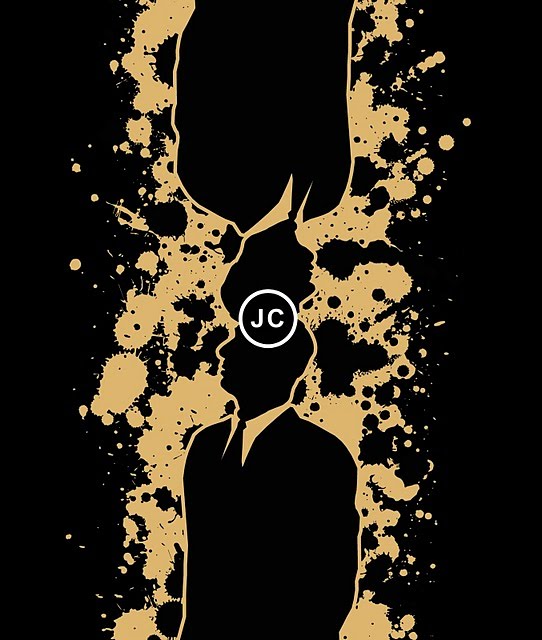If we have gained any collective insight from the conversations of Schehearzade…. Wait, that’s too pretentious, even for me. We shall begin again…
If the Spiderman franchise has taught us anything, it is that there is longevity in serialized literature. With that view, and because the coming weeks are anticipated to be too busy to produce new creative endeavors, I present the first installment of the three or four part serialization of “Complex Adaptive Systems and Resultant Variation of Character in the Built Environment”. Readership is not anticipated.
Through an examination of the built environment and its infrastructure, in terms of utilization, appropriation, and stylistic qualities as a conjugate of cultural, economic, and pragmatic forces or trends, it can be affirmed that the purveyors of the constructed world are codifiers of idea and ideals. If this is analyzed discretely and myopically, in that the input criterion of “Firmness, Commodity, and Delight” are largely resultant from the region or culture to with the constructed edifice is applied (as has been the case for much of anthropologic history), then the architect is the synthesizer of ideas and ideals of a relatively specific pool of character: The Roman architect responds to the Roman criterion, The fifteenth century Chinese architect responds to the Ming disposition, and so forth.
Being cognizant of the present global conditions, however, this dissection of input/ output represents only a fractional role the architect plays within the increasingly complex relationship between regional idiosyncrasies and preferred globalized functions. To be globally viable, the “Firmness, Commodity, and Delight” of the more significant built spaces must also accept, or at least tolerate, the input criteria of a decentralized, removed entity in addition to the regional specific forces.
One responsibility of the architect, then, exists at this intersection; a charge of alchemy to synthesize these topically antipodal pressures. The more vehement term ‘responsibility’ in lieu of ‘role’ is used here deliberately, as the global/ local interaction is far from a balanced process, as the former has greater volume, and therefore often more potential force, and the architect must behave as a regulator to retain a necessary balance. While acknowledging some of the beneficial social equalizing manifestations of globalizing forces, it must also be noted that these factors may produce a concurrent migration towards homogeneity in the built environment if these tendencies are not met by, and complemented with, cultural and regional vivacity.
The implied objection to systemic discrimination against cultural and regional variation is not resultant from ideological or political prejudice, but from a concern for social-biological vitality. One can carefully invoke Darwin’s principles on divergence of character here to suggest that unique nodal instances of culture, and by extension the edifices of the built environment that are informed by the above, are essential to the quality of the human experience. Variation produces imbalance, which in turn creates potential energy. Where there exists divergence of character, one can observe tension and gaps, which produce a tendency towards movement and ambition. In this sense, an emphasis on uniqueness in the built environment encourages energy, however defined, to be embodied in an instance, and in the spaces between. Such a condition contributes to the vitality of a region and, by extension, the global entity. On a narrow scale, this incubates productivity. Comprehensively, it may be an antidote against the entropy of the collective creative character.










